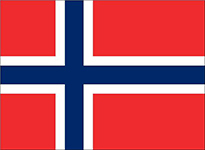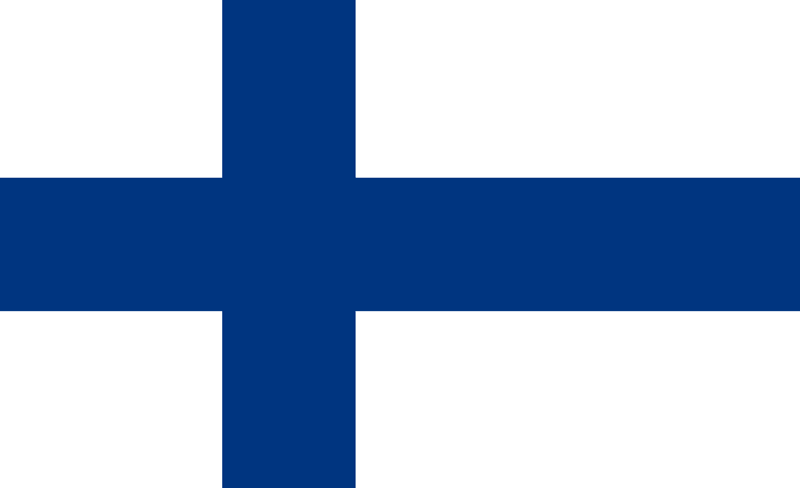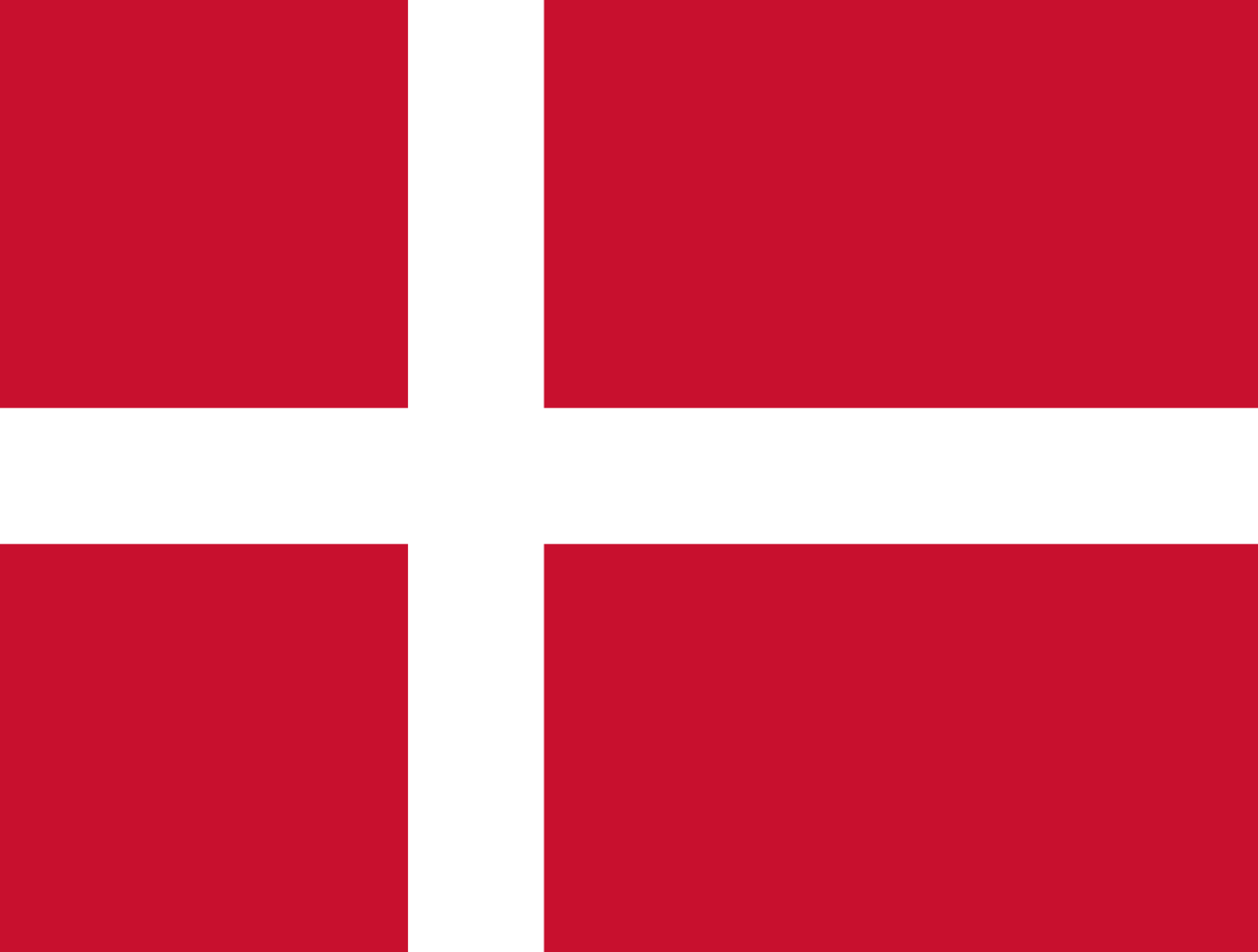¡@
History
Norway
Finland
Sweden
Denmark
1. Norway 
- Norway formed a unified kingdom around the 9th century AD.
- The 13th century entered its heyday.
- It began to decline in the mid-14th century.
- In 1397, it formed the Kalmar Union with Denmark and Sweden, and was ruled by Denmark.
- In 1814 Denmark ceded Norway to Sweden in exchange for West Pomerania.
- In 1905, it became an independent monarchy and elected a prince of Denmark as king, known as Haakon VII.
- Neutrality in World War I.
- Occupied by Nazi Germany during World War II, Quisling was the governor-general of Germany, and King Haakon and his government fled into exile in England.
- Liberated in 1945. Haakon VII died in 1957, and his son took the throne as Olaf V.
- He joined the North Atlantic Treaty Organization in 1949 and the European Free Trade Association in 1959.
2. Finland 
- Finnish history began with the settlement of humans in what is now Finland more than 10,000 years ago, and this primitive commune system continued in Finland until the 12th century.
- After a series of expansionist activities initiated by Sweden, Finland was ruled by Sweden until the early 19th century.
- In 1809, the Russian Empire defeated Sweden, and Finland became a grand duchy under the Tsar.
- Following the October Revolution in Russia, Finland declared independence on December 6, 1917.
- The Finnish Civil War in 1918 drove the Russian Bolsheviks out of Finland.
- The Republic of Finland was established in 1919 after the fall of the short-lived kingdom regime.
- In 1939, the Soviet Union launched the Soviet-Finnish War, and Finland was forced to cede territory.
- After that, Finland joined the German camp in 1941 and participated in the war against Russia.
- After the end of World War II, Finland became a defeated country, and its sovereignty and diplomacy were subject to the Soviet Union for a long time, and it did not accept the US Marshall Plan.
- After the collapse of the Soviet Union, Finland gradually shed its influence and joined the European Union in 1995.
3. Sweden 
- The Swedish state was formed in the 11th century AD.
- In 1397 Sweden was incorporated into the Danish-controlled Kalmar League.
- It got independence from the union in 1523.
- In the 17th century Sweden became the dominant power in northern Europe.
- It began to decline in the early 18th century, losing most of its overseas territories.
- In 1809, Finland under Swedish control was incorporated into the Russian Empire.
- It acquired Norway from Denmark in 1814.
- In 1905, Norway became independent from Sweden, and the territory of the modern Kingdom of Sweden was finally formed.
- Sweden remained neutral in both world wars.
- After World War II, the economy and technology developed rapidly, becoming one of the most developed countries in the world today.
- Sweden has been a monarchy since the formation of the country, and has never established a republic.
4. Denmark 
- Denmark gradually formed a unified kingdom in the 9th to 11th centuries AD.
- In the 11th century, the kindom began to gradually expand outward, and conquered England and Norway.
- The Kalmar Union in 1397 brought what is today Sweden, Norway, Finland, Iceland, Greenland and the Faroe Islands under the rule of the Danish monarch.
- In 1523 Sweden and Finland (then part of Sweden) left the union; in 1658 Denmark ceded a piece of southern Scandinavia (Scania) to Sweden.
- After the Napoleonic Wars in 1814, Norway was again ceded to Sweden.
- Iceland gradually gained independence from Denmark in the 20th century, while today's Greenland and the Faroe Islands are demanding more autonomy.
- Denmark was occupied by Germany on April 9, 1940, until the end of World War II.
- After the war, Denmark became a member of NATO and the European Union.